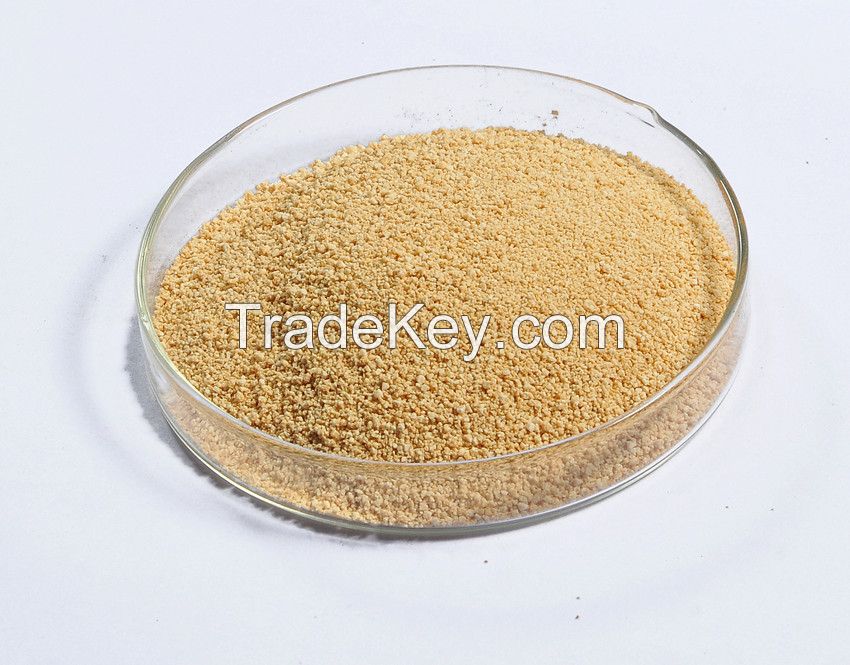
FOB Price
Obtenir le dernier prix1165 ~ 1200 / Metric Ton ( Negotiable )
|Minimum Order
Localit�:
-
Prix de commande minimale:
Commande minimale:
5 Metric Ton
Packaging Detail:
25kg/bag
Delivery Time:
within 15 days
Supplying Ability:
1000 Metric Ton per Month
Payment Type:
L/C, T/T
Personne à contacter Anna
Cangzhou, Hebei
| L-Lysine hydrochloride Basic information |
| Product Name: | L-Lysine hydrochloride |
| Synonyms: | darvyl;lyamine;monohydrochloride,l-lysin;(S)-(+)-LYSINE HYDROCHLORIDE;L(+)*2,*-DIAMINOHEXANOIC ACID, HYDROCHLORIDE;L-(+)*2,*-DIAMINO-N-CAPROIC ACID MONOHYDROCHLORIDE;L(+)*2,*-DIAMINOCAPROIC ACID, HYDROCHLORIDE;L-LYS HCL |
| CAS: | *******2 |
| MF: | C6H*5ClN2O2 |
| MW: | **2.*5 |
| EINECS: | ********9 |
| Product Categories: | chiral;Lysine [Lys, K];Amino Acids and Derivatives;alpha-Amino Acids;Amino Acids;Biochemistry;for Resolution of Acids;Optical Resolution;Synthetic Organic Chemistry;L-Amino Acids;Amino hydrochloride;amino |
| L-Lysine hydrochloride Chemical Properties |
| mp | **3 °C (dec.)(lit.) |
| alpha | *1 º (c=8, 6N HCl) |
| FEMA | ***7 |
| storage temp. | **8°C |
| solubility | H2O: **0 mg/mL |
| form | powder |
| Water Solubility | *5 g/**0 mL (*0 ºC) |
| Merck | *4,***6 |
| Stability: | Stable. Incompatible with strong oxidizing agents. |
Specification:
|
Items |
Specifications |
|
Description |
White or light yellow powder |
|
Content (dry basis) |
≥*8.5% |
|
Specific rotation |
**8.0~**1.5 |
|
Loss on Drying |
≤1.0% |
|
Residue on Ignition |
≤0.3% |
|
Ammonium salt |
≤0.*4% |
|
Heavy metals (as Pb) |
≤0.**3% |
Function:
For broilers: an increase in feed consumption and in body weight gain; and an improvement in feed conversion and in meat quality.
For layers: an increase in feed consumption and in body weight gain; and an improvement in feed conversion, egg production, the duration of the laying period, number of eggs, egg weight, egg shell stability and the color of the yolk.
For piglets and pigs: an increase in feed consumption and in body weight gain; and an improvement in feed conversion and in nitrogen retention. Particularly with pigs, its use allows an improvement of the meat quality (e.g. an improvement of the protein content of the muscle "longissimus dorsi").
Finally for dairy cows: it allows an improvement in feed conversion, ruminal fermentation process, protein utilization efficacy, milk production and the content of milk constituents, protein and fat. Note that the three last improvements are due to the stimulation of the bacterial growth.